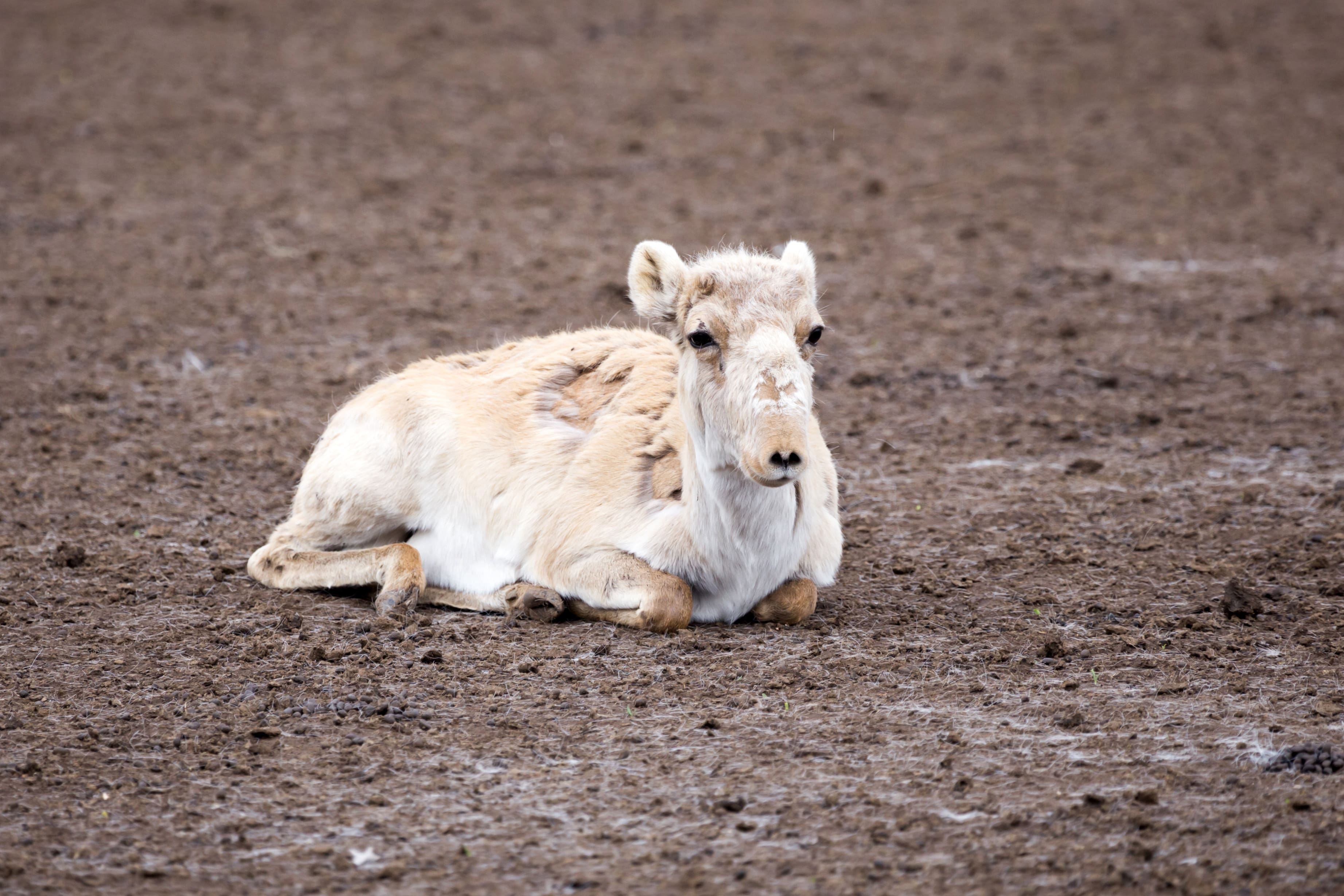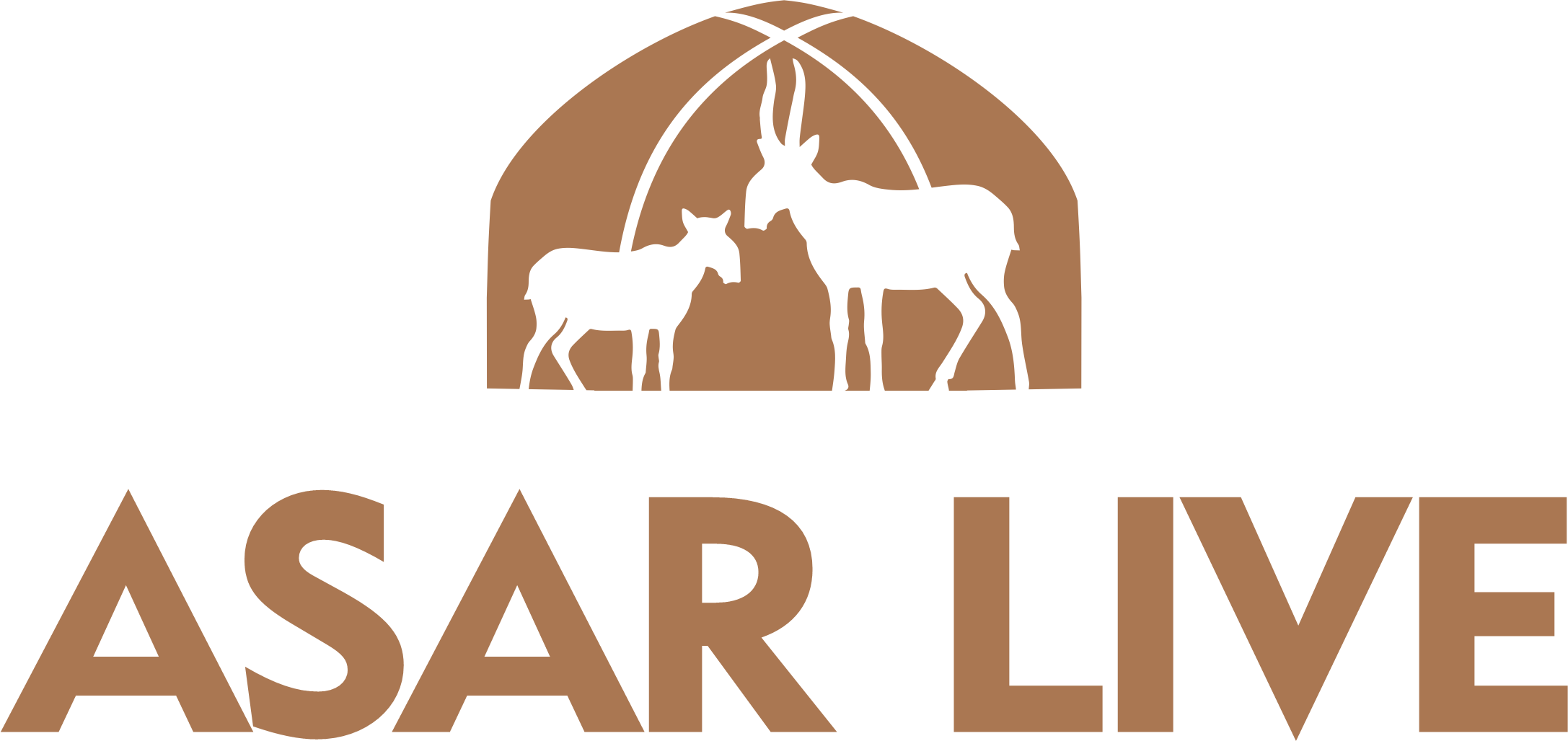Official website
of the nursery
«ASAR LIVE»
In 2021, “ASAR Live”, LLP was created within the framework of a tripartite agreement between “ASAR Live”, LLP and the West Kazakhstan Agricultural and Technical University after Zhangir Khan and the «ASAR» peasant farm, where, under the careful supervision of scientists, it deals with issues of preserving the saiga population, organize and participate in various events related to resolving issues of the extinction of this species. The organization has created a nursery the activities of which include breeding and domesticating saigas.
Activity
The nursery «ASAR Live» collaborating with the University teaching staff, zoo specialists and local executive authorities, resolves issues regarding the conservation and sustainable use of the saiga population.
Ақбөкен
The word “aqboken” includes two compound words: “aq” and “boken”. Translated from the Kazakh language, the word “aq” means “white”, and the word “boken” means “antelope”. As a result, when combining words, we get the phrase “white antelope”.
The etymology of the word “aqboken” among the Kazakhs is due to the fact that saiga is one of those species of animals that undergo modifications in their appearance when the climate changes. In relation to the saiga, we mean a change in coat color: in spring and summer, the steppe antelope is sandy-red with a white chest and belly, and in autumn and winter it is wrapped in a whitish coat the color of snow. Thus, it is during the winter period that Kazakhs, as a rule, call saiga - aqboken, that is, white antelope.


Құралай
Translated from the Kazakh language, the word “quralay” means a saiga calf, the main feature of which at birth is very beautiful black eyes. As you know, the most important and responsible period for saiga is the lambing period. In the past, with the onset of lambing season, the Kazakhs could predict the weather and determine the quality of the harvest. This significant period for saiga occurs at the beginning of May.
During the lambing period, the saiga is in the most vulnerable position, because it faces an important task - to give birth and feed a healthy baby. In newly born saiga cubs, the umbilical cord heals quickly only when the weather is cool, since in the sultry heat flies interfere with its healing. Saiga is unique in its sense of smell, so females very strongly sense worsening weather conditions and give birth only when spring warmth gives way to a period of rains and winds. Our ancestors called this phenomenon “quralaydyng salqyny” (saiga lamb’s cold (Kaz).


About numbers
The habitat of saigas is desert and semi-desert zones. Currently, about 90% of the world's saiga population is concentrated in Kazakhstan.
Partners

Zhangir Khan University

Almaty Zoo




